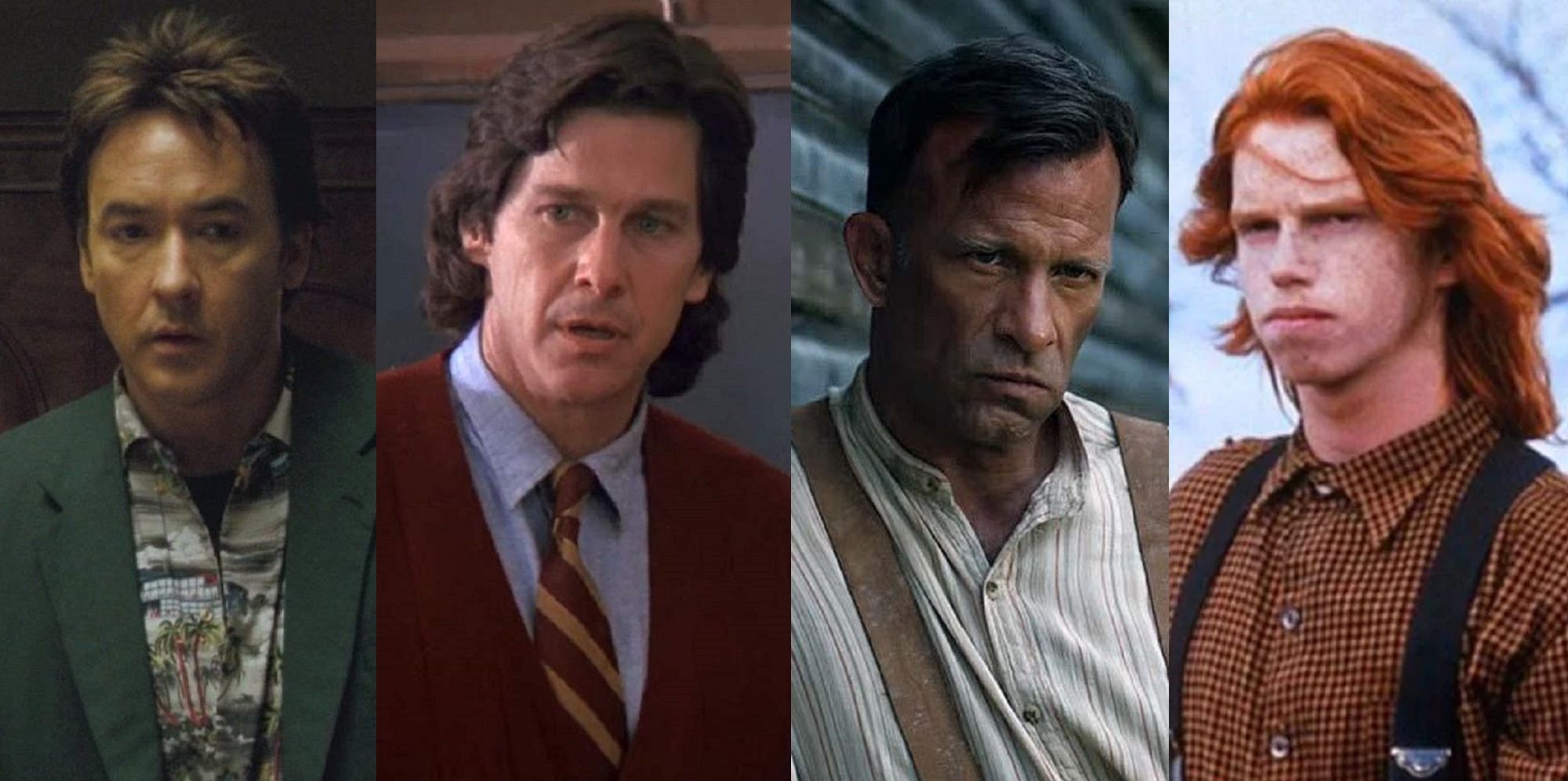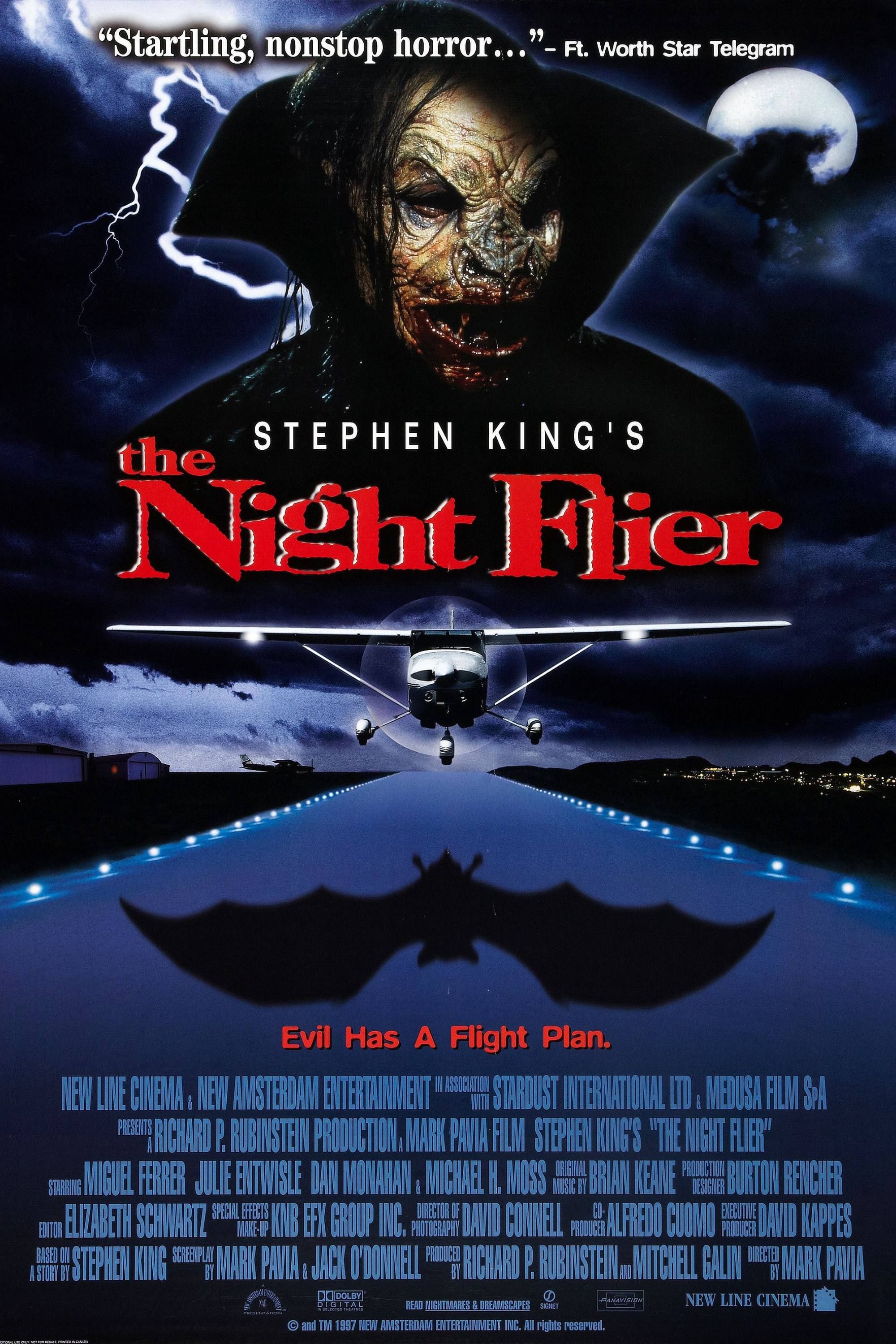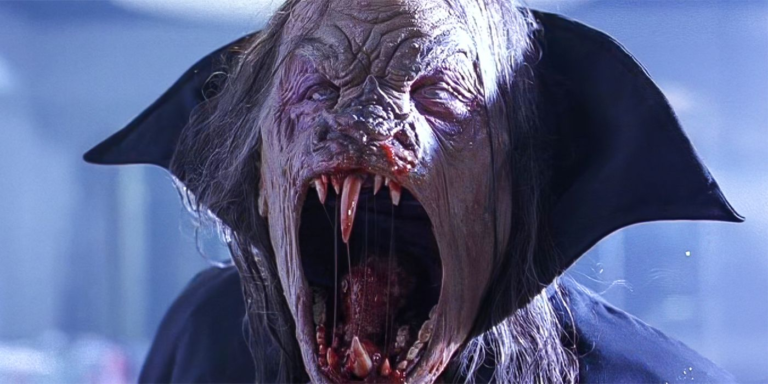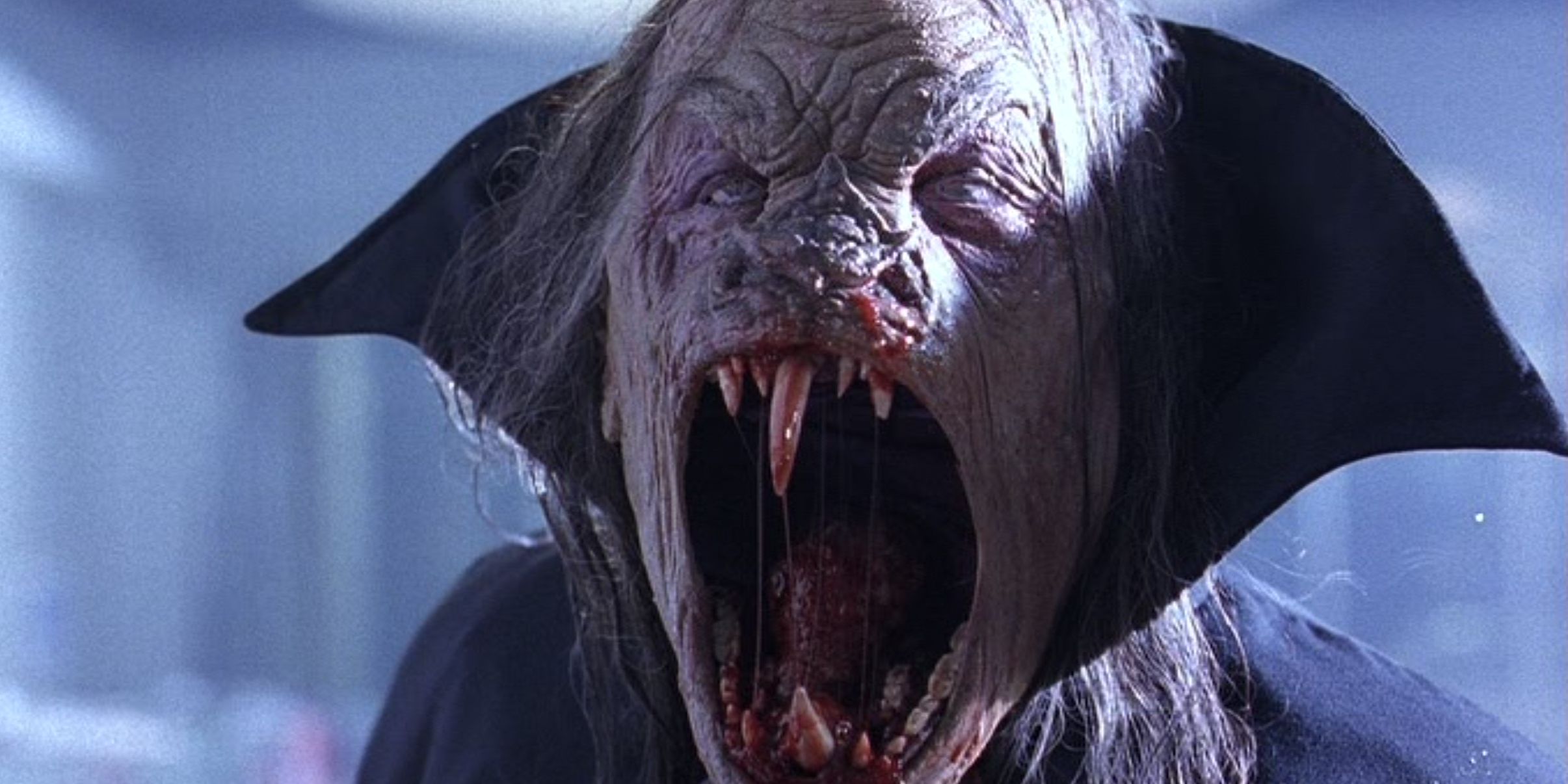The history of cinema is filled with projects that never came to fruition. Some are well known and have even become somewhat cult, like Alejandro Jodorowsky‘s Dune. Yet, many installments in this cemetery of unfulfilled projects mostly remain obscure, like the follow-up to this little-known Stephen King vampire movie. The original 1997 The Night Flier, a screen adaptation of King’s short story of the same name about a morally corrupt tabloid reporter chasing a vampire serial killer, wasn’t popular with critics and didn’t initially generate a lot of viewership. Over the years, the film did get a bit of cult fame and was re-evaluated, but still not many people know that, for a while, a sequel was in the works in the mid-2000s, with the original movie’s director, Mark Pavia, attached and King himself working on the screenplay with him. This very promising sequel didn’t ultimately happen because The Night Flier was a commercial flop that made the financing of the second film impossible, and we were clearly robbed of this experience that could have led to a potentially fun and unique vampire franchise.
The Sequel to Stephen King’s ‘The Night Flier’ Intended to Focus on Another Character From the Original Film
The premise of King’s story, which Pavia’s film followed pretty closely, is gloriously bizarre. A veteran tabloid reporter, Richard Dees (played by Miguel Ferrer in the movie), gets obsessed with a story about a serial killer who is flying around the country in his plane and killing people he encounters at the provincial airports. The killer (Michael H. Moss), who calls himself Dwight Renfield (a reference to the 1931 screen version of Dracula), and whom Dees dubs The Night Flier, is, of course, an actual vampire, who proceeds to torment the unlucky reporter with supernatural stuff he claims he doesn’t believe in. At the same time, the monster seems to be intrigued by Dees almost as much as the latter is with him.

Related
7 Great Horror Movies Based on Short Stories by Stephen King
Even Stephen King’s short stories are feature-length gold.
Since Ferrer’s character meets his tragic end in the movie’s finale, the sequel was supposed to focus on his young colleague, Katherine Blair (Julie Entwisle) — a character who was not in the original story and was written into the screen adaptation to add “meat” to the narrative. Katherine did end up being a valuable and interesting addition to the movie, since she represented a different kind of reporter, a more naive and idealistic one, presenting a vivid contrast with Dees and thus allowing the authors to emphasize his cynical nature. At the end of The Night Flier, Katherine takes over Dees’ mantle, as well as his mantra to “never believe what you publish and never publish what you believe.” The film even tellingly ends with a shot of the tabloid’s front page with Katherine’s picture and byline on it — setting her up as the perfect protagonist of a potential sequel.
With ‘The Night Flier’ Sequel, We Could’ve Had a Very Unusual Vampire Franchise
Centering The Night Flier 2, which never came to be, around Katherine makes a lot of narrative sense, since it would provide for a more intriguing dynamic between her and the titular Night Flier. Pavia’s original film follows King’s rightful aggravation towards the tabloid industry and draws many parallels between Dees and the bloodsucking monster, implying that they are both predators in their own way. By focusing on Katherine, the sequel was supposed to be more nuanced in that regard by featuring a heroine who, despite her venture into the dark side during the events of the first film, hasn’t entirely lost her soul. Since the script for the second film featured Katherine still investigating the killer, it presented an interesting question about what their relationship might have looked like. Would he try to stop her from exposing his secrets? Or wish to reveal them, Interview with the Vampire-style?
The Night Flier himself was also supposed to be more nuanced, as the sequel set out to explore his origin story. In the original screen version, we rarely see this supernatural killer, as the authors choose to literally keep him in the dark until the finale, focusing instead on the hypnotizing effect he causes on his victims and the graphic aftermath of his night visits. The appearance reveal, which happens at the end of the film, allows for a showcase of impressive makeup and practical effects, but doesn’t tell us much about who this character is. The film barely hints at having more to say about the Night Flier’s backstory and his obsession with planes in a scene where Dees finds the creature’s old photo album (a charming little detail!), but the sequel was supposed to dig deeper into that.
King was reportedly excited to go back to this material, not least because so many elements in it are interconnected with his other works. In the author’s notes to his collection, Nightmares & Dreamscapes, he hinted that The Night Flier might be the same vampire featured in his story, Popsy, and the tabloid the characters work for, Inside View, has also been mentioned on multiple occasions. Pavia’s film played into this aspect, showing some of the sensational stories the tabloid previously published, which are actually the plots of King’s books (“Naked Demons Leveled My Lawn!”). Thus, the sequel to The Night Flier could have paved the way to a larger King universe on screen, something the Castle Rock series would attempt to do years later. Additionally, this just feels like a missed opportunity for a franchise where vampires don’t sparkle and aren’t presented as romantic heroes, but are mostly busy with good old terror and bloodshed. Despite the continued interest in adapting King’s prose, it doesn’t seem very plausible that this sequel will be reanimated. However, not all is lost. Popsy is still up for grabs, and it has an even more outlandish concept than The Night Flier: the vampire has become a grandfather.

- Release Date
-
February 6, 1998
- Runtime
-
97 Minutes
- Director
-
Mark Pavia
- Producers
-
David R. Kappes, Mitchell Galin
-

-

Julie Entwisle
Richard Dees
-

Dan Monahan
Merton Morrison
-

Michael H. Moss
Dwight Renfield


